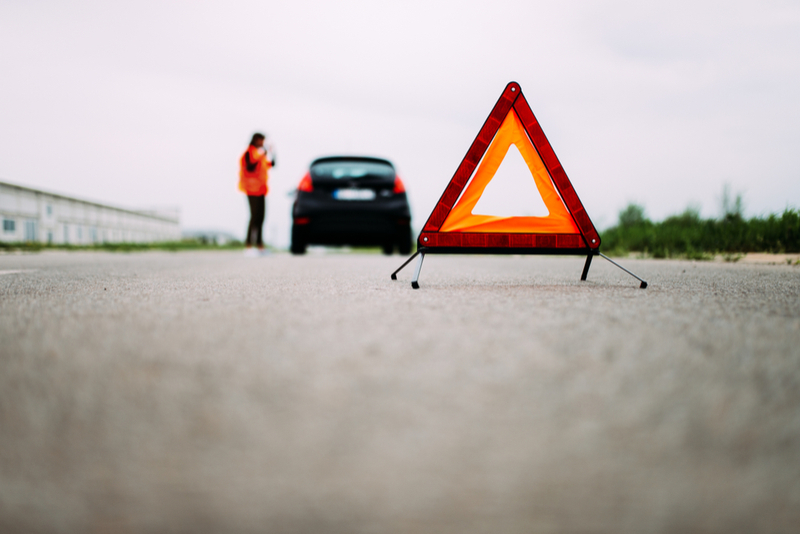
Roadside recovery workers have a very important job, helping to get drivers back on the road safely or clearing a roadway to allow traffic to resume. Being someone who works anywhere from busy highways to roads off the beaten path, there are safety steps every roadside recovery worker should take to keep their own safety a top priority as well.
Hone In On Your Observation Skills
Being able to observe your surroundings is an essential skill in roadside recovery work. Each time you move, you want to make sure your blind spots are accounted for, and you’re assessing risk at every job site.
Even when you’re hard at work, you should be taking a moment throughout your job to check around you and make sure that there are no potential safety risks coming your way. Conditions can become unsafe on the road quickly, so you want to be able to remove yourself from danger as swiftly as possible.
Wear High Visibility Clothing
Be sure the high visibility clothing you purchase is compliant with the EN20471 Standard for High Visibility Clothing. This standard mandates that certain requirements are met when it comes to safety clothing for those who work in risky settings.
Clothing that meets this standard makes it so you’ll be clearly seen from any angle regardless of how dark it is due to reflective and fluorescent material. This standard also makes sure that reflective material will stay bright and visible throughout washes, so you’re not having to replace your clothing all the time.
Use Your Hand Signals
It’s important that everyone on your team is up to speed on the communication strategies used by your service. Most of the time, these are hand signals, as it can be hard to communicate verbally in a high-traffic area.
There are resources that encompass industry-wide hand signals to ensure clear and consistent communication between all workers involved in roadside recovery.
Test Your Equipment Regularly
Your equipment is a very important part of your job, especially when it comes to alerting passersby that roadside work is being completed. Be sure that you’re testing your equipment to make sure everything is in working order so you have time to find a replacement before you’re out on a job with malfunctioning equipment.
Don’t Do The Job Alone
When possible, don’t go to a job site on your own. Having a partner will ensure you can each take turns spotting each other, making sure that oncoming traffic isn’t posing a safety risk. Additionally, a spotter can make sure that equipment is being used safely and that there are no potential threats looming.
Stay Alert And Cautious
When you’ve exited your vehicle and are making your way to the job site, be sure you’re taking inventory of everyone and everything around you. Be sure you’re exercising caution when approaching someone’s vehicle. Be aware that, depending on the circumstances, people may be in distress, causing them to act irrationally.
As you’re making your approach, take it slow and wait until someone in the vehicle acknowledges your presence. Look out for any cues that something or someone is amiss. It sounds like it might be overly cautious, but staying cautious will help keep you out of danger.
Final Thoughts
In order for you to be able to do your job safely, you need to remember that your safety is just as important as everyone else’s. Simple safety steps go a long way in maximizing efficiency on a job site without putting anyone at risk. With safety in mind, you can get the job done and move on to the next one safely and securely.
